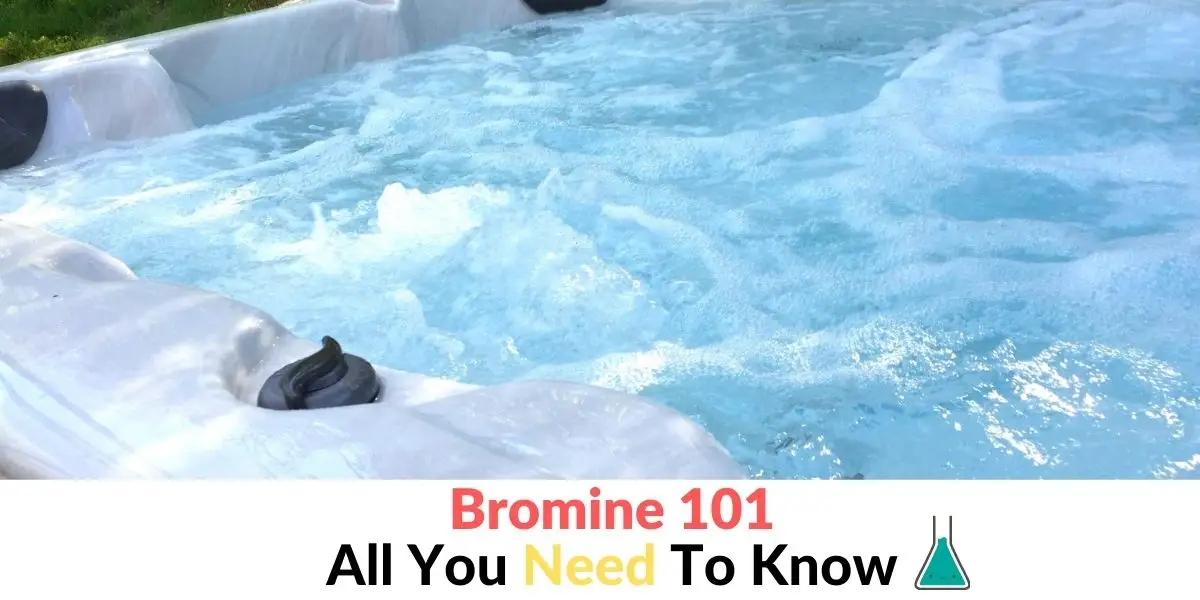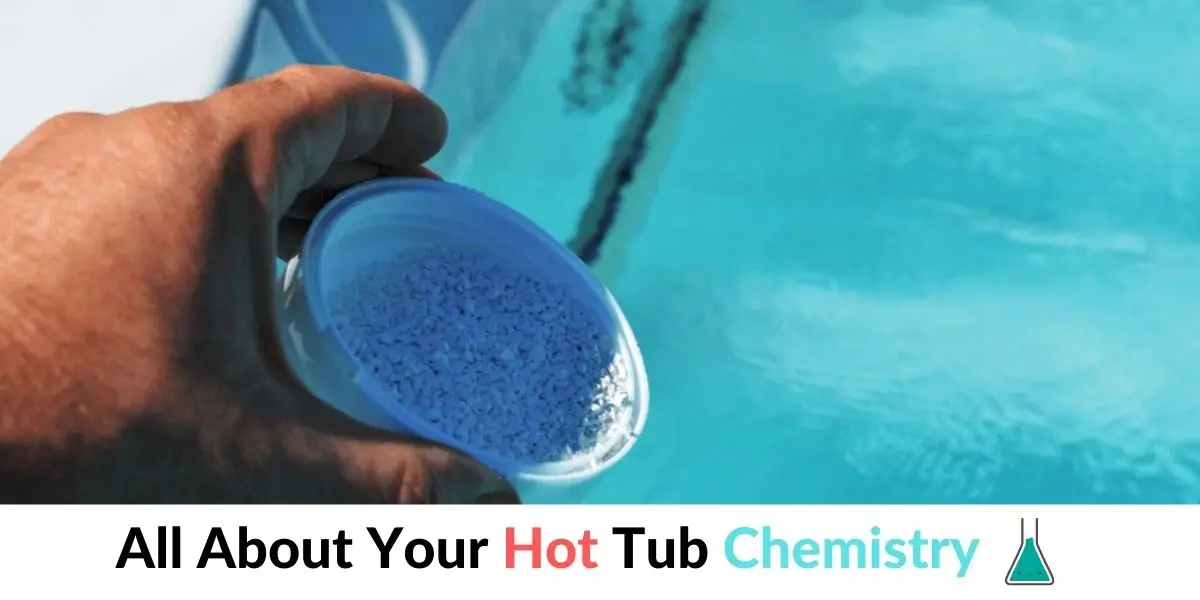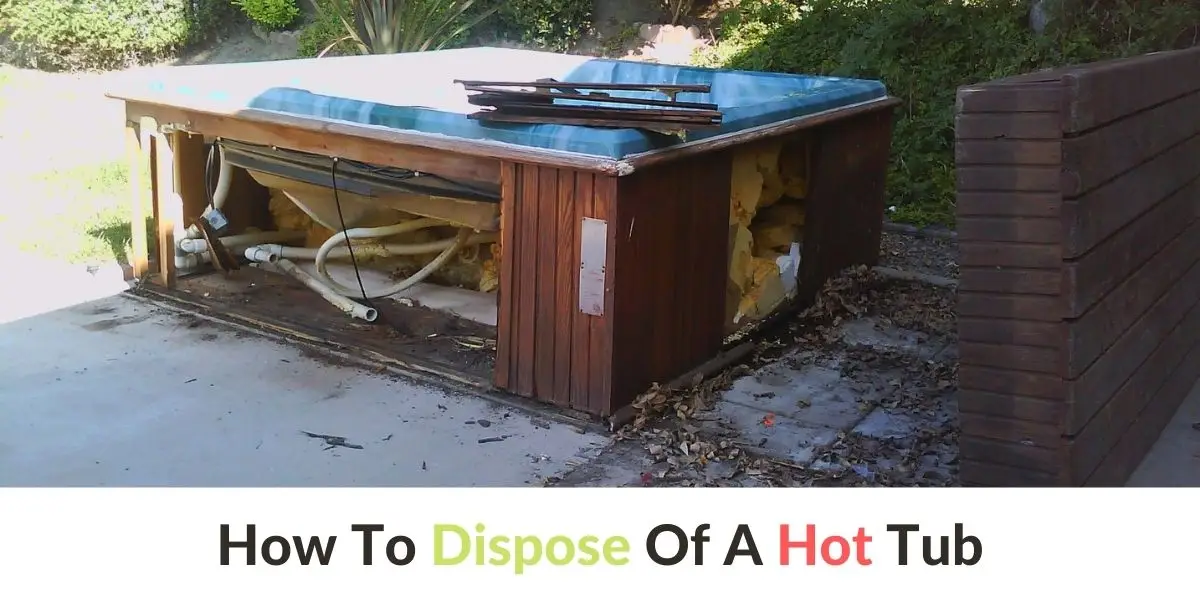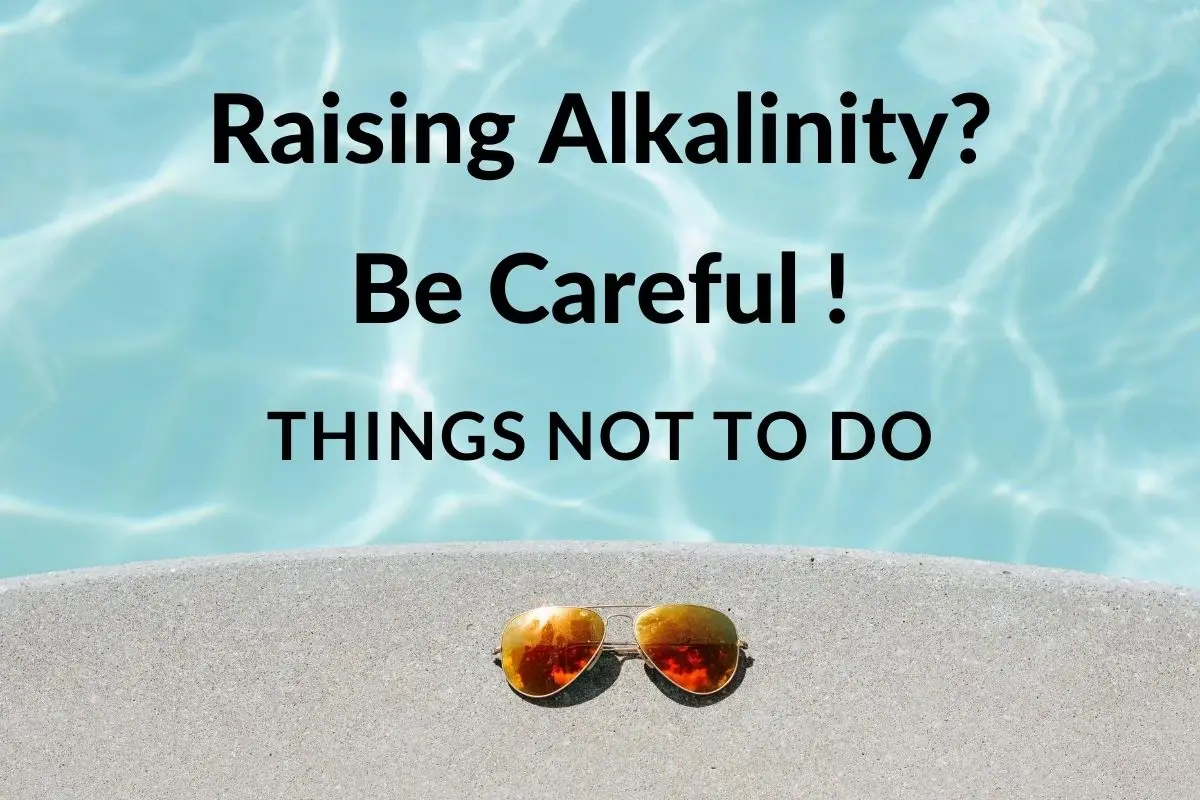How Do You Fix Biofilm in a Hot Tub?
Biofilm is a thin layer of bacteria and other microorganisms that can form on the surfaces of a hot tub, such as the walls, floor, and jets. Biofilm can be difficult to remove and can lead to water quality issues if not properly addressed. Here are a few steps you can take to fix biofilm in a hot tub:
- Clean the hot tub surfaces: Use a hot tub-safe cleaner and a scrub brush to thoroughly clean the surfaces of the hot tub. Be sure to pay particular attention to areas where biofilm may have formed, such as corners and behind the jets.
- Drain and refill the hot tub: Draining and refilling the hot tub can help to remove biofilm that is suspended in the water. Be sure to properly clean and sanitize the hot tub before refilling it.
- Shock the hot tub: Shocking the hot tub with a high-quality shock treatment can help to kill bacteria and other microorganisms that may be contributing to the formation of biofilm.
- Use a hot tub cover: Using a hot tub cover can help to reduce the amount of dirt and debris that enters the hot tub, which can in turn reduce the formation of biofilm.
- Test and adjust the water chemistry: Proper water chemistry is important for maintaining good water quality and preventing the formation of biofilm. Test the water regularly and adjust the pH, chlorine, and other chemicals as needed to maintain proper levels.
By following these steps, you can help to fix biofilm in your hot tub and maintain good water quality. If you are unable to remove the biofilm or are experiencing persistent water quality issues, you may want to consult a hot tub dealer or a professional hot tub technician for assistance.
What is the best way to remove biofilm?
Biofilms are thin layers of microorganisms that form on surfaces. They can be difficult to remove because they are often resistant to antibiotics and other antimicrobial agents. Here are a few strategies that can be effective for removing biofilms:
- Physical removal: This can be done using a scraper or scrub brush to physically remove the biofilm from the surface.
- Chemical disinfectants: Some chemicals, such as hydrogen peroxide, can be effective at killing the microorganisms in biofilms. However, it’s important to use caution when using chemicals, as they can be toxic or corrosive.
- Heat treatment: Applying heat to the surface can help to kill the microorganisms in a biofilm. This can be done using hot water or steam.
- Ultrasound: High-frequency sound waves can help to break up biofilms, making them easier to remove.
It’s important to use the right technique for the specific type of biofilm you are trying to remove, as different approaches may be more or less effective depending on the situation. In general, it’s a good idea to try a combination of methods to ensure that the biofilm is thoroughly removed.
What causes biofilm in hot tubs?
Biofilms can form in hot tubs due to the presence of microorganisms in the water. These microorganisms can include bacteria, fungi, and algae. Biofilms can form on the surfaces of the hot tub, such as the walls, floor, and jets, as well as on swimsuits and other objects that come into contact with the water.
There are several factors that can contribute to the formation of biofilms in hot tubs:
- Poor water quality: Biofilms are more likely to form in hot tubs with high levels of contaminants, such as bacteria and algae.
- High water temperatures: The warm, moist environment of a hot tub can promote the growth of microorganisms, which can lead to the formation of biofilms.
- Poor maintenance: Failing to properly maintain the hot tub, such as by not regularly cleaning and sanitizing the water, can also contribute to the formation of biofilms.
To prevent the formation of biofilms in your hot tub, it’s important to regularly maintain the water quality and clean and sanitize the surfaces of the hot tub. This can help to prevent the buildup of microorganisms that can lead to biofilms.
Does baking soda get rid of biofilm?
Baking soda (sodium bicarbonate) can be effective at removing biofilms in some situations. It works by disrupting the pH balance of the biofilm, which can make it easier to remove. Baking soda can also have mild antimicrobial properties, which can help to kill the microorganisms that make up the biofilm.
To use baking soda to remove a biofilm, you can try the following steps:
- Mix a solution of baking soda and water. The concentration of baking soda in the solution will depend on the thickness of the biofilm and the size of the area you are treating. A good starting point is to mix 1 cup of baking soda with 1 gallon of water.
- Apply the solution to the surface with the biofilm. You can use a sponge or scrub brush to scrub the surface and help loosen the biofilm.
- Let the solution sit for at least 15 minutes. This will allow the baking soda to penetrate the biofilm and start to break it down.
- Rinse the surface with water to remove the baking soda solution and any loosened biofilm.
It’s important to note that baking soda may not be effective at removing all types of biofilms. In some cases, more aggressive methods may be necessary to completely remove the biofilm.
Does chlorine get rid of biofilm?
Chlorine can be effective at removing biofilms in some situations. Chlorine is a strong oxidizing agent, which means that it can kill microorganisms and destroy organic matter. When used at high concentrations, chlorine can effectively kill the microorganisms that make up a biofilm, which can help to remove the biofilm.
To use chlorine to remove a biofilm, you can try the following steps:
- Mix a solution of chlorine and water. The concentration of chlorine in the solution will depend on the thickness of the biofilm and the size of the area you are treating. A good starting point is to mix 1 cup of chlorine bleach with 1 gallon of water.
- Apply the solution to the surface with the biofilm. You can use a sponge or scrub brush to scrub the surface and help loosen the biofilm.
- Let the solution sit for at least 15 minutes. This will allow the chlorine to penetrate the biofilm and start to kill the microorganisms.
- Rinse the surface with water to remove the chlorine solution and any loosened biofilm.
It’s important to use caution when working with chlorine, as it can be toxic if ingested or inhaled in large amounts. It’s also important to note that chlorine may not be effective at removing all types of biofilms. In some cases, more aggressive methods may be necessary to completely remove the biofilm.
How do you know if your hot tub has a biofilm?
There are a few signs that your hot tub may have a biofilm:
- The water appears cloudy or has a greenish or yellowish hue: This could be a sign of algae growth, which is often associated with biofilms.
- The water has a strong, unpleasant smell: Biofilms can produce odors as they break down organic matter.
- The water feels slimy or slippery: This could be a sign of a biofilm on the surface of the hot tub or on objects in the water.
- There are visible growths or stains on the surfaces of the hot tub: These could be biofilms that have formed on the walls, floor, or jets of the hot tub.
If you notice any of these signs, it’s a good idea to test the water quality and clean and sanitize the hot tub to help prevent the buildup of biofilms. It’s also a good idea to regularly maintain the hot tub and follow the manufacturer’s recommendations for cleaning and sanitizing to help prevent the formation of biofilms.
Will Shock get rid of biofilm?
“Shock” is a term that is often used to refer to a chemical treatment used to kill microorganisms and improve water quality in swimming pools and hot tubs. There are a few different types of shock treatments available, and they can be effective at removing biofilms in some situations.
One type of shock treatment is chlorine shock, which uses a high concentration of chlorine to kill microorganisms and improve water quality. Chlorine shock can be effective at removing biofilms by killing the microorganisms that make up the biofilm.
Another type of shock treatment is a non-chlorine shock, which uses a different type of chemical, such as potassium monopersulfate, to kill microorganisms and improve water quality. Non-chlorine shock can also be effective at removing biofilms by killing the microorganisms that make up the biofilm.
To use shock treatment to remove a biofilm, you can follow the manufacturer’s instructions for adding the chemical to the water. It’s important to use caution when working with chemical shock treatments, as they can be toxic if ingested or inhaled in large amounts. It’s also important to note that shock treatments may not be effective at removing all types of biofilms. In some cases, more aggressive methods may be necessary to completely remove the biofilm.
What happens if biofilm is not removed?
If biofilm is not removed from a hot tub, it can lead to a number of problems. Here are a few potential consequences of not removing biofilm from a hot tub:
- Poor water quality: Biofilms can contribute to poor water quality by breaking down organic matter and releasing contaminants into the water. This can make the water cloudy, and can also lead to the growth of algae and other microorganisms.
- Skin irritation: Biofilms can produce chemicals that can irritate the skin, leading to redness, itching, and other symptoms.
- Infections: Biofilms can harbor harmful microorganisms, such as bacteria, that can cause infections if they come into contact with the skin or are inhaled.
- Damage to the hot tub: Biofilms can corrode the surfaces of the hot tub, causing damage and reducing the lifespan of the hot tub.
To prevent these problems, it’s important to regularly clean and sanitize the hot tub to remove biofilm and other contaminants. This will help to maintain good water quality and prevent the buildup of harmful microorganisms.
Does vinegar break up biofilm?
Vinegar (acetic acid) can be effective at breaking up and removing biofilms in some situations. It works by disrupting the pH balance of the biofilm, which can make it easier to remove. Vinegar also has antimicrobial properties, which can help to kill the microorganisms that make up the biofilm.
To use vinegar to remove a biofilm, you can try the following steps:
- Mix a solution of vinegar and water. The concentration of vinegar in the solution will depend on the thickness of the biofilm and the size of the area you are treating. A good starting point is to mix 1 part vinegar with 1 part water.
- Apply the solution to the surface with the biofilm. You can use a sponge or scrub brush to scrub the surface and help loosen the biofilm.
- Let the solution sit for at least 15 minutes. This will allow the vinegar to penetrate the biofilm and start to break it down.
- Rinse the surface with water to remove the vinegar solution and any loosened biofilm.
It’s important to note that vinegar may not be effective at removing all types of biofilms. In some cases, more aggressive methods may be necessary to completely remove the biofilm. Additionally, vinegar can be corrosive to certain types of materials, so it’s important to test it on a small, inconspicuous area before using it to remove a biofilm.












